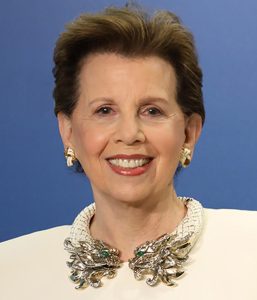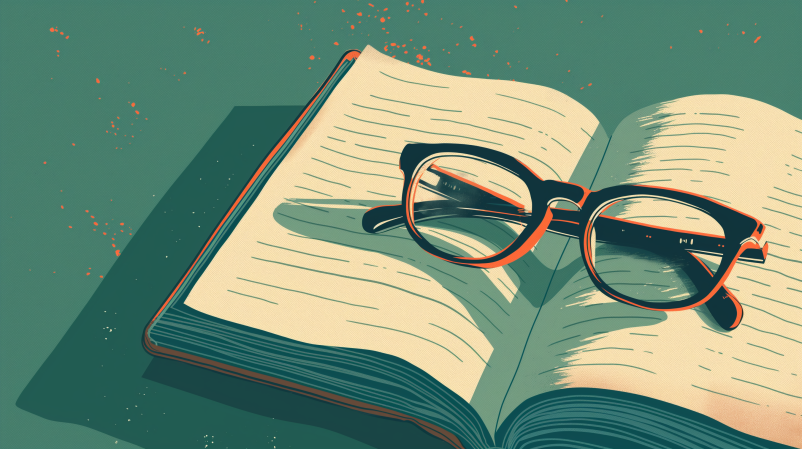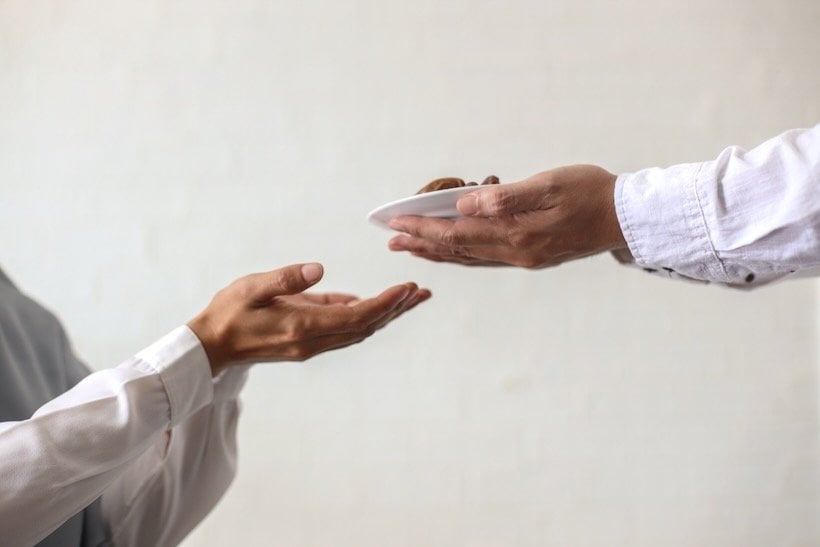Adrienne Arsht is a woman of many titles: business leader, chairman, board member, lawyer, renowned impact philanthropist. Despite the fact that Arsht has made a name for herself as a philanthropist who’s made notable gifts—such as her $30 million contribution to the performing arts center in Miami, now known as the Adrienne Arsht Center for the Performing Arts of Miami-Dade County, and her recent $5 million contribution to the Metropolitan Museum of Art in New York City, which established the museum’s first-ever fully paid internship program—she pushed back at the notion that she is a full-time philanthropist, because she doesn’t see philanthropy as her career. She sees philanthropy as something that is ingrained within you, something that is a part of your DNA. She spends most of her time working on policy issues, and as such, prefers to be referred to as an impact philanthropist. She says the difference is that philanthropists give money to organizations, whereas impact philanthropists not only give money to organizations but also work within them to help further the mission. One of the organizations she has been working with closely is the Adrienne Arsht Latin America Center at the Atlantic Council, which she created and funded in 2013. The center works to help forge an effective partnership between Latin America, the U.S. and Europe and seeks to provide solutions to a myriad of issues the world faces, including politics, the economy, climate change and resilience.
 Arsht (pictured right) was very eager to discuss resilience—a topic that is important to Arsht for personal reasons and has been a subject around which a lot of her work has centered. In 2016, she created the Adrienne Arsht Center for Resilience at the Atlantic Council. In 2019, The Rockefeller Foundation reached out to partner with her and contributed $30 million, which Arsht matched. This led to the creation of what is now known as the Adrienne Arsht-Rockefeller Foundation Resilience Center. One of the biggest issues she says that they’re looking at is heat.
Arsht (pictured right) was very eager to discuss resilience—a topic that is important to Arsht for personal reasons and has been a subject around which a lot of her work has centered. In 2016, she created the Adrienne Arsht Center for Resilience at the Atlantic Council. In 2019, The Rockefeller Foundation reached out to partner with her and contributed $30 million, which Arsht matched. This led to the creation of what is now known as the Adrienne Arsht-Rockefeller Foundation Resilience Center. One of the biggest issues she says that they’re looking at is heat.

“It’s the silent killer. More people die of heat issues than anything else. Heat destroys the land; heat causes crops to fail. And from that, farmers from all over are forced to migrate to find land that they can cultivate,” Arsht says, also noting that Miami just became the first city to implement a chief heat officer. “We’re starting a program to name heatwaves the same way that hurricanes are named.”
Arsht says a lot of what she’s been working on has been related to individual resilience and studying if resilience is a trait one is born with or develops. She’s also been working closely with the military, exploring individual resilience as it pertains to PTSD and brain injuries.
“When I started this center, resilience was not exactly a word that most people even thought about,” Arsht tells Worth. “I have to say that during COVID, that’s all you see [written] about people, systems, I mean it is non-stop! If I had a penny now for every time the word ‘resilience’ is used, I probably wouldn’t have had to pay my own money for the center.”

Then, she told the story of her late younger sister. Arsht’s sister was, in her words, “a brilliant linguist.” She was a young foreign service officer during the Cold War, when she was sent on assignment to Moscow. She ended up getting arrested by the KGB, who accused her of being a spy. She was held overnight before being let go and allowed to come back to the U.S. “I think today, you’d probably say what happened to her was PTSD,” Arsht says. A few years later, she took her own life.
And so, Arsht began wondering about human resilience and how it works.
“We are programmed to live; it’s the autonomic nervous system. I mean, you don’t have to remember to breathe, you don’t have to remember for your heart to beat—that happens, the body is designed to live. So, what is it that happens such that you override the resilience of the body? And so, one of the things I started looking at in later years was Navy SEALs and the military again. And my admiration and fascination for people who enlist or sign up to be there—all this special op forces, the Green Berets—but I started with the Navy SEALs and just their training, the BUD/S training, to get through that…you are resilient if you get through that. So, what is it? Who are these people, and then over time, following how they behave and what happens to them?”
So how can people become more resilient?
“Well, we’re only partially through that, and that it’s still a major question. Can you become more resilient? And we all want to believe that we absolutely can,” Arsht says. “I do think you can learn not to give up. Or put it this way, you can be reminded to make that your mantra. I don’t know how to learn to be more resilient, but I certainly [believe in] a reminder that no matter what, the show must go on and you must make it happen.”
As we end our conversation, I ask Arsht if there is anything she still wishes to do. She says: “I guess my goal would be to find a way to live forever.” Now that would be the pinnacle of resilience, wouldn’t it?







